These are the best cheap Wi-Fi 6 routers you can get.
The next generation of Wi-Fi, known as Wi-Fi 6, is making its way to a lot of new phones and wireless devices. This new tech brings with it the fastest speeds, more consistent coverage, and support for more devices. Wi-Fi 6 has finally made its way to the cheaper routers that most people are interested in without losing the best features that come with it. The best overall cheap Wi-Fi 6 router is the Asus RT-AX56U thanks to its great price and advanced features, including easy mesh expansion and AX1800 speeds.
Best Overall: Asus RT-AX56U
The RT-AX56U manages to find a balance of features that are a great fit for the majority of homes without packing in unnecessary speed or features. While it's not the cheapest Wi-Fi 6 router around, its increased speed, as well as access to additional features, makes it a great buy. One important consideration of Wi-Fi speed is that it makes up ground over AX1500 routers on the 2.4GHz band. This router can deliver speeds up to 574Mbps at 2.4GHz and 1201Mbps at 5GHz. This is important because 2.4GHz can travel further than 5GHz signals, allowing for speeds to be kept higher even further away from the router.
Asus also packs in support for AiProtection, a software package offering enhanced security software by Trend Micro at no extra charge. Besides that, you can easily expand your network or add coverage with any router that supports Asus AiMesh. This allows the routers to form a mesh network without any specialized hardware. AiMesh can be a great way to add more coverage down the line if you find a dead zone or an area with a lot of interference.
Pros:
- Fast AX1800 speeds
- Fast 2.4GHz band
- Four Ethernet ports
- Two USB ports
Cons:
- No WPA3 support
Best Overall
Asus RT-AX56U
Perfect for most people
The Asus RT-AX56U has a great balance of features including enough speed for most people and expansion with AiMesh.
Best Value: TP-Link Archer AX10
If you are looking to add Wi-Fi 6 capability to your network for a little as possible, you're not going to beat the TP-Link Archer AX10. This router comes in at AX1500 speeds with 300Mbps available at 2.4GHz and 1201Mbps at 5GHz. One thing to keep in mind is that a 2.4GHz signal will travel further so devices on the very edge of your connection might not be able to access the full speed of your router. Still, for a smaller home, this won't be an issue and with a 5GHz connection, you should have more than enough speed.
Before getting too caught up on the raw speed capabilities of a router, it's good to remember that most people don't have internet connections even close to fast enough to utilize the full speed of this router. You also only need around 25Mbps to stream 4K video over the internet.
You also get all of the other great features that come with Wi-Fi 6 including more reliable coverage and the ability to connect to a lot more devices than Wi-Fi 5. Around the back of the Archer AX10, you get four Ethernet ports so you can keep your wired devices connected with no additional equipment. If you're looking to add Wi-Fi 6 but don't need a ton of speed, this is one of your best bets.
Pros:
- Inexpensive
- Four Ethernet ports
- Fast 5GHz Wi-Fi
Cons:
- No WPA3 support
- No USB ports
Best Value
TP-Link Archer AX10
Affordable Wi-Fi 6 speeds
The TP-Link Archer AX10 is the best value in Wi-Fi 6 with AX1500 speeds that are plenty for most people.
Balanced Speed: Netgear RAX20
The Netgear RAX20 aims for a sweet spot with AX1800 speeds available from its dual-band wireless setup. With 600Mbps at 2.4Ghz and 1,200Mbps at 5GHz, this router can deliver more than enough speed for most people. This is far from the most impressive Netgear router available but it hits all the most important points. As far as Wi-Fi 6, it has improved coverage and keeps speeds fast even on the 2.4GHz band. You also get support for more connected devices than a Wi-Fi 5 router making it a great upgrade for a smart home with lots of connections.
Software support comes with automatic security updates and even WPA3 security. This can all be set up in the Nighthawk app. Around back you get four open Ethernet ports to keep your wired devices connected and a USB 3.0 port on the left side. The simple design should fit right in with network and computer equipment.
Pros:
- AX1800 speed
- USB 3.0 ports
- Four Ethernet ports
- WPA3 support
- Simple design
Cons:
- Expensive
Balanced Speed
Netgear RAX20
Enough speed with WPA3
The RAX20 from Netgear delivers plenty of speed for most people at AX1800, has four Ethernet ports, a USB port, and support for WPA3 security.
Best Mesh: Netgear Nighthawk MK62
For people with a lot of network interference or a house that's hard to cover with a single router, mesh networks are a great solution. While there have been Wi-Fi 6 mesh kits available since the first Wi-Fi 6 routers, the Netgear Nighthawk MK62 hits the right balance of features for most people which allows this kit to be much more affordable.
Despite its lower price tag, it still has great specs with AX1800 speeds delivered by a dual-band connection, an upgrade uplink thanks to OFDMA, and a combined coverage of 3,000 square feet. Netgear has also built in an Ethernet port to both the base unit and the satellite, allowing you to connect a couple of wired devices or even an Ethernet switch if needed.
Finally, if you want to expand your network, even more, you can purchase an additional node or kit. Netgear has also included support for Wi-Fi EasyMesh. This is a standard for mesh networks which will allow much more flexible expansion in the future.
Pros:
- Mesh expandible
- Great coverage
- Small size
- WPA3 security
Cons:
- Only one Ethernet port per unit
- Expensive
Best Mesh
Netgear Nighthawk MK62
Build a mesh with Wi-Fi 6
The Netgear Nighthawk MK62 brings great AX1800 speeds with a small size and mesh support with coverage up to 3,000 square feet.
Next Step: Asus RT-AX58U
The Asus RT-AX58U is a mid-range Wi-Fi 6 router at a great price. With wireless speeds bumped up to AX3000, you get double the speed capabilities of an AX1800 router on the 5GHz band. That translates to 2,401 Mbps at 5GHz when connected with Wi-Fi 6. This extra speed can help deliver more consistent high speeds to more devices and can even improve the connection speed between routers if you are using the included AiMesh feature to increase coverage.
Compared to the more affordable RT-AX56U, you also get support for WPA3 security. Besides that, you get most of the same features including four Ethernet ports and a USB 3.1 port. You also get access to AiProtection which can add a layer of security to your internet traffic thanks to the software by Trend Micro. If you need a bit more speed from your router, this is one of your best options.
Pros:
- AX3000 speeds
- 4 Ethernet ports
- Asus AiProtection Pro support
- WPA3 security
Cons:
- More expensive
- Only dual-band
Next Step
Asus RT-AX58U
A little more speed
Add a little more speed to your Wi-Fi with the Asus RT-AX58U bringing AX3000 speeds and even WPA3 support.
Bottom line
Wi-Fi 5, formerly known as 802.11ac, is still a great option for many people. If you have a fast Wi-Fi 5 router, there's really not much reason to upgrade to Wi-Fi 6 unless you are in an area with a lot of wireless traffic. If your router is starting to feel slow or your haven't made the jump to a fast Wi-Fi 5 router yet, upgrading to Wi-Fi 6 should help your speeds quite a bit and could even help if your connection drops out.
It used to be tougher to get in on Wi-Fi 6 for most people. Once a new technology is introduced to the market, it's always more expensive and the options are limited. Now that more products have adapted the technology, prices have come down and more options are available.
If you're looking for a serious speed upgrade and want to make the most of a connection over 500Mbps it will be worth it to step up to the Asus RT-AX56U thanks to it's slightly higher top speed and AiMesh expansion options. This router is a cut above thanks to it's higher 2.4GHZ speeds which can keep your connection feeling fast even when you're on the edge of your coverage area. It also has a nice, angular design which helps set it apart and makes it look just a little more premium.
Credits — The team that worked on this guide
![]()
Samuel Contreras When Samuel is not writing about networking and carriers, he spends most of his time researching computer components and obsessing over what CPU goes into the ultimate Windows 98 computer. It's the Pentium 3.
from Android Central - Android Forums, News, Reviews, Help and Android Wallpapers https://ift.tt/3cL4c0W
via IFTTT
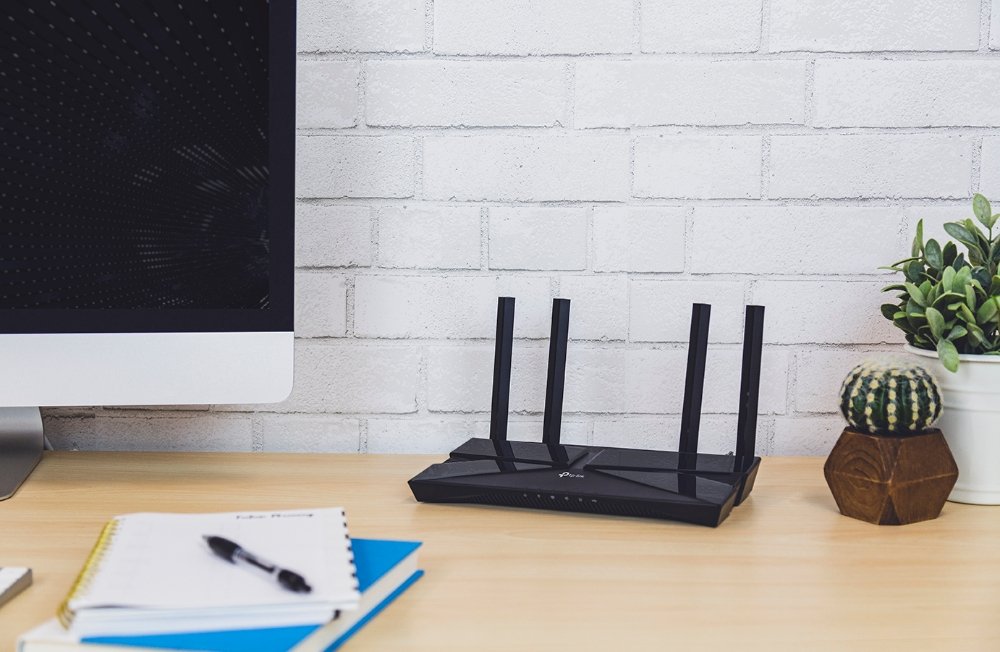
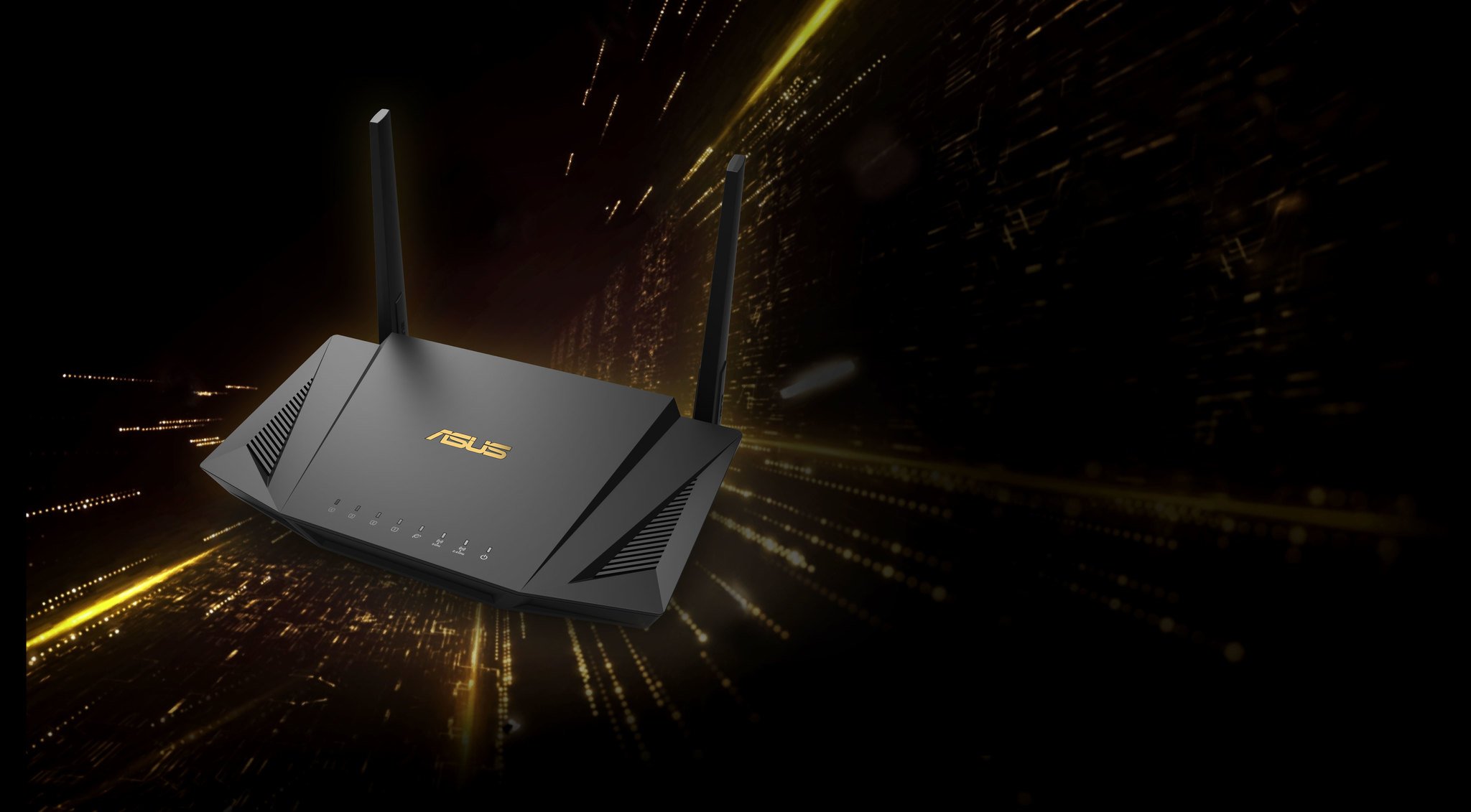
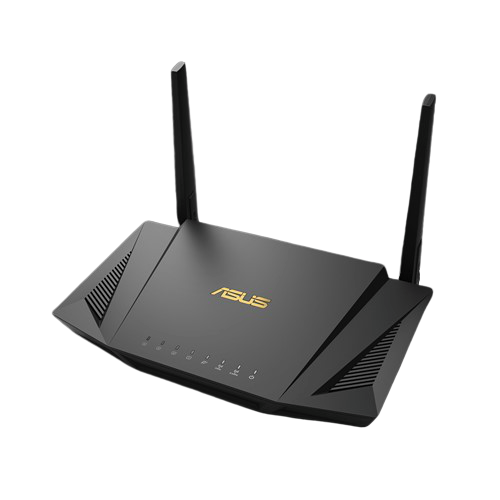
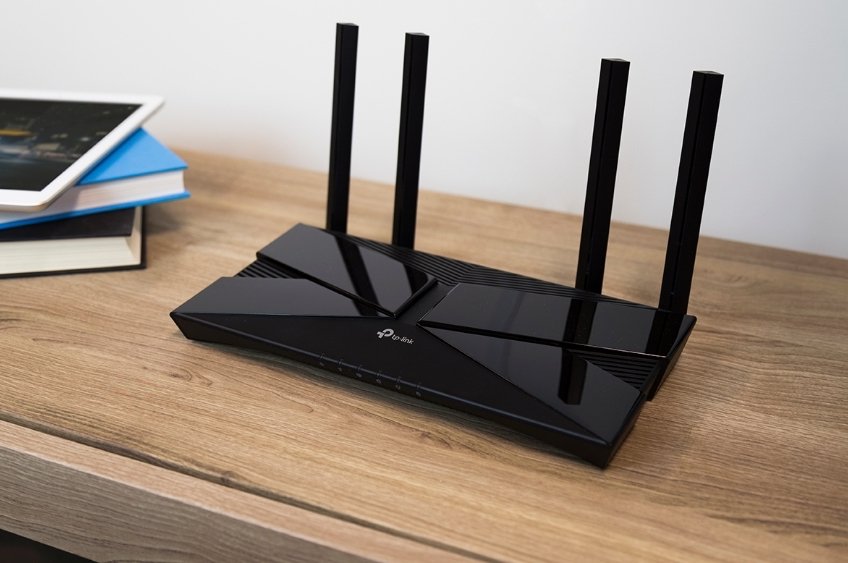
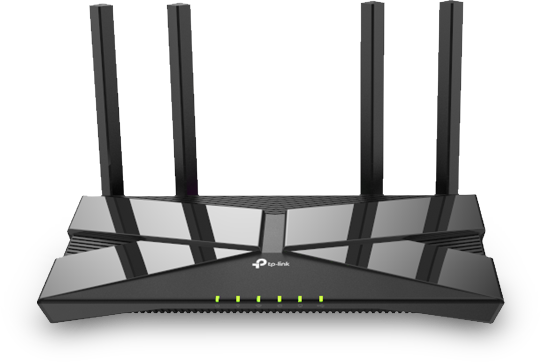
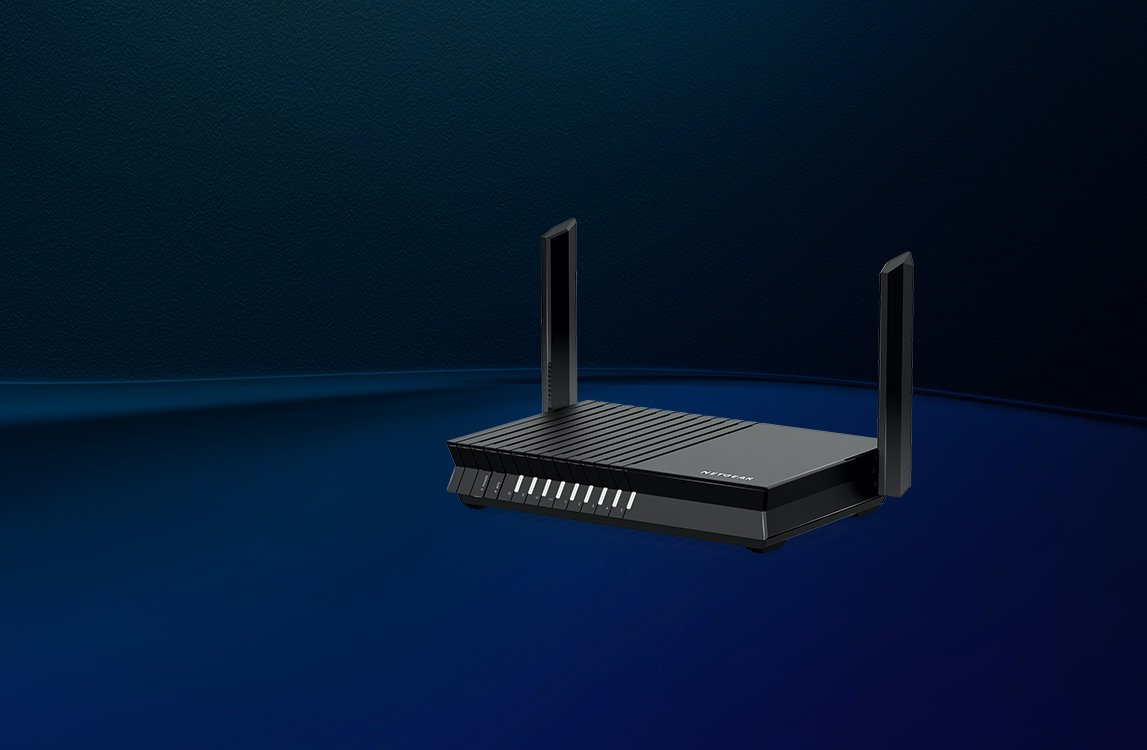
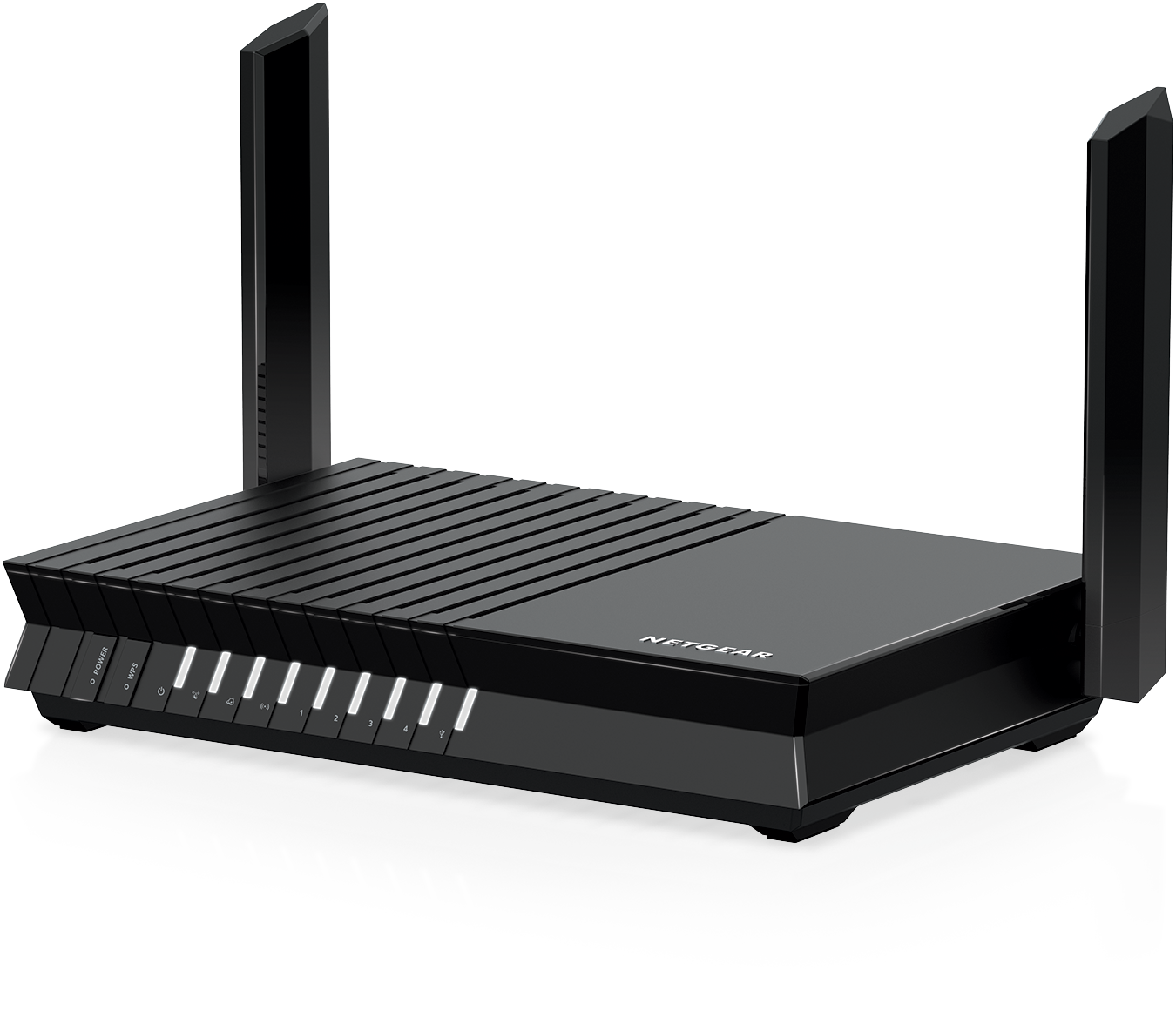
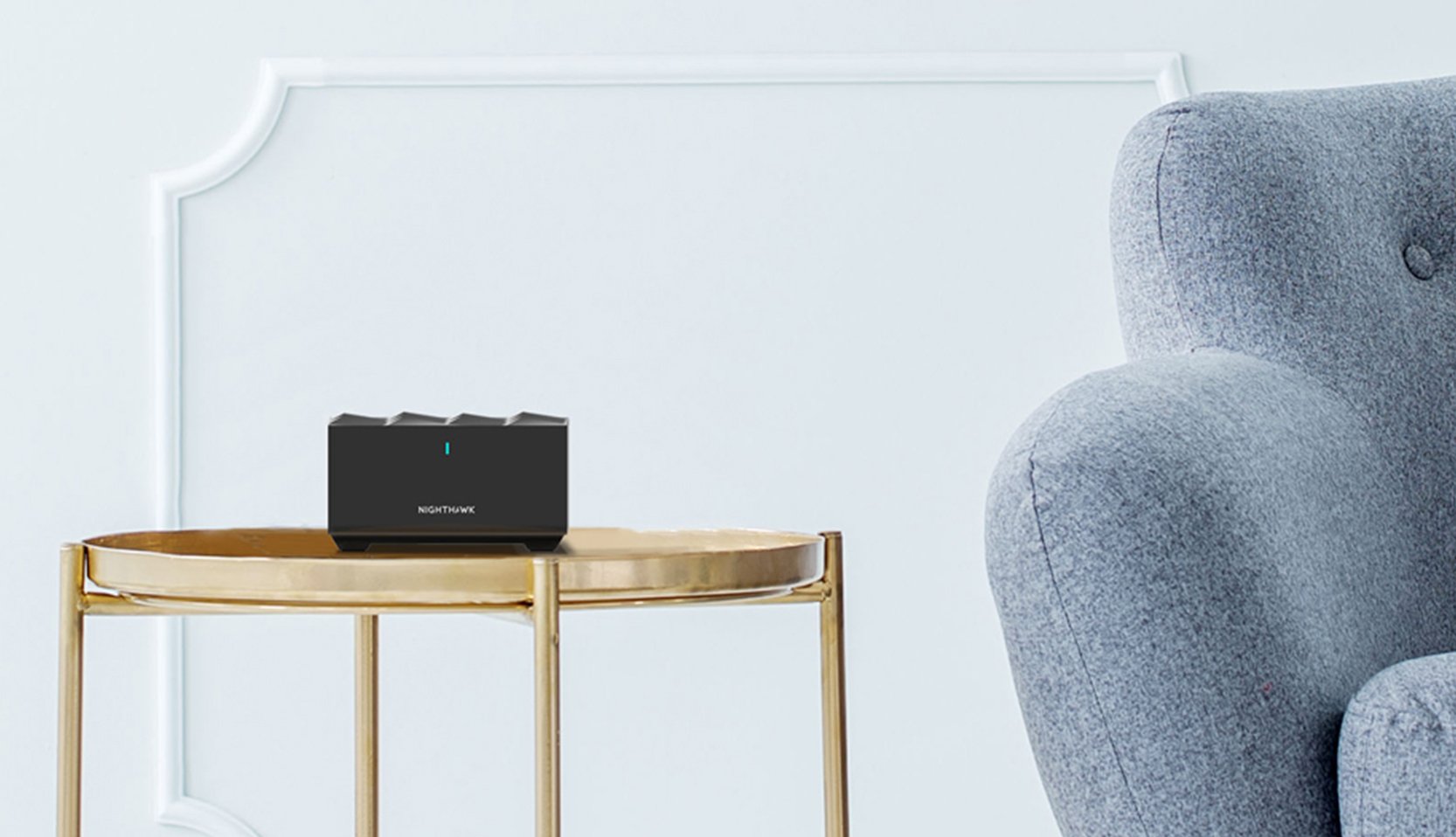
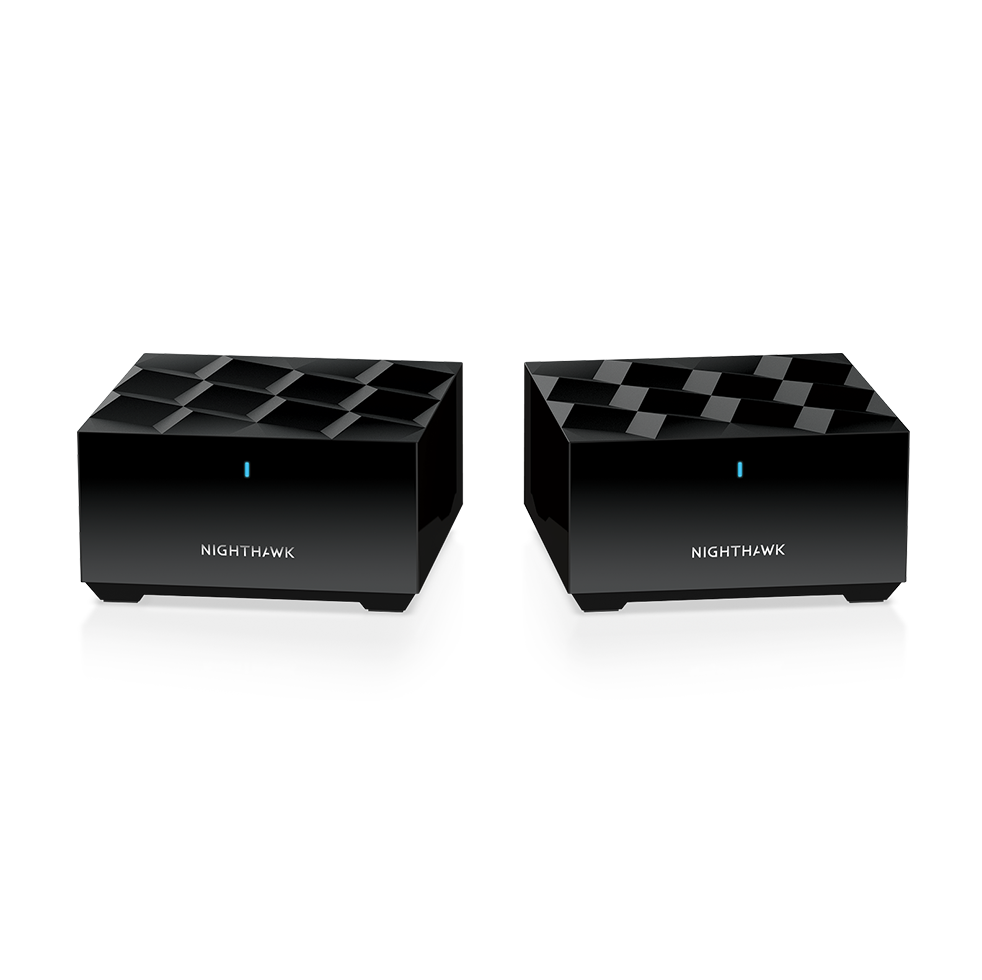
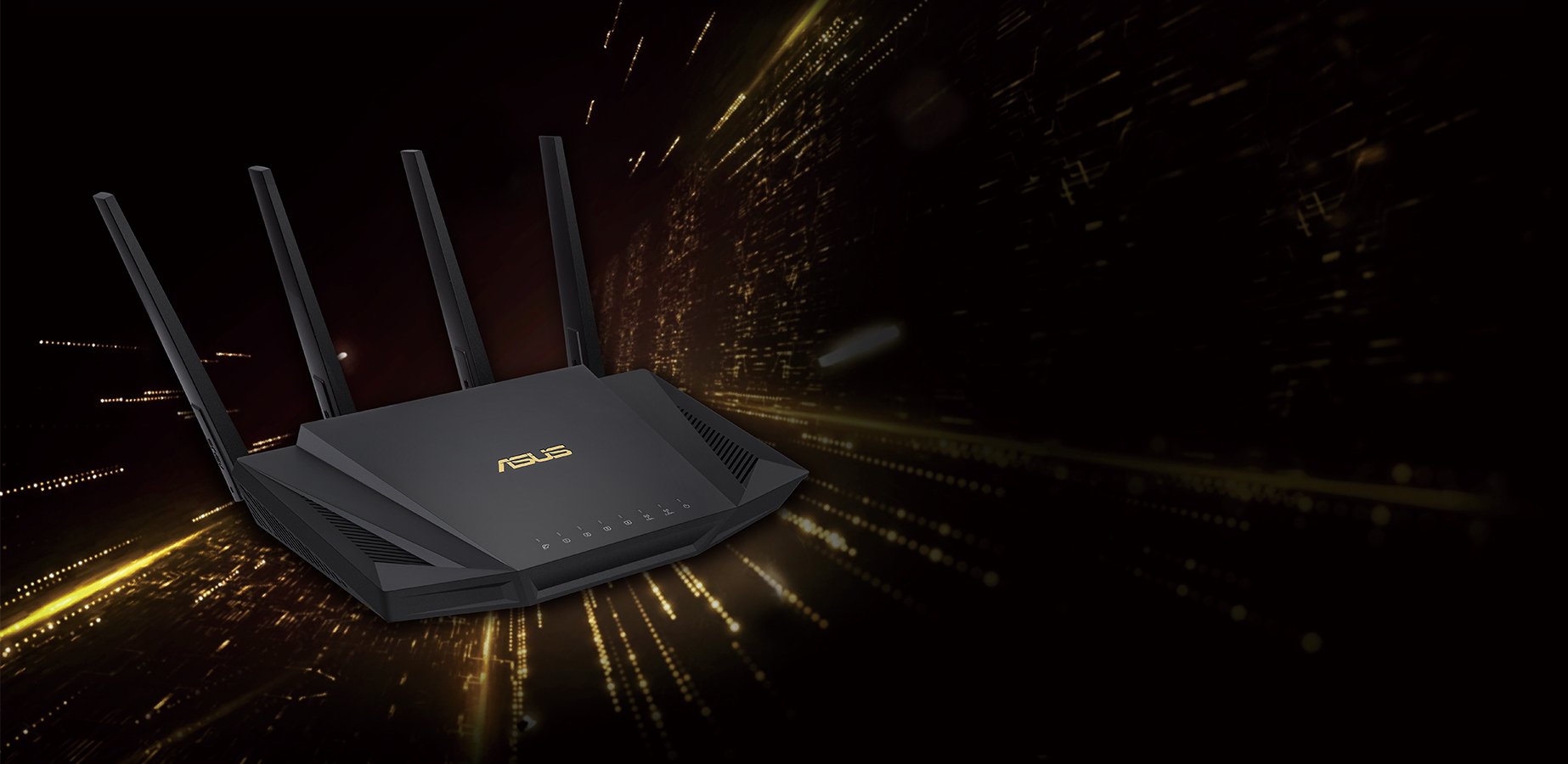
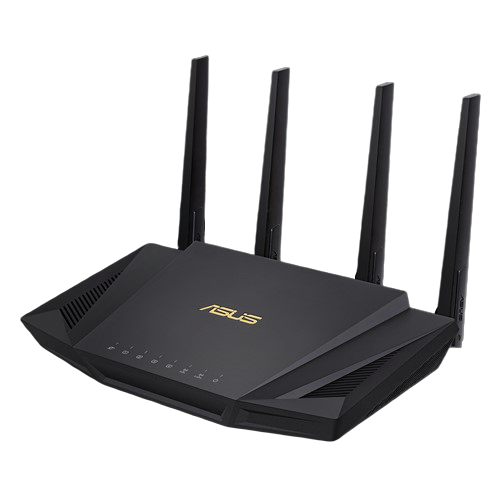
ليست هناك تعليقات: